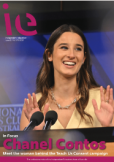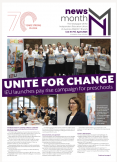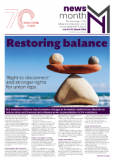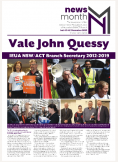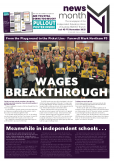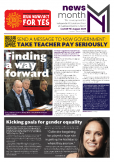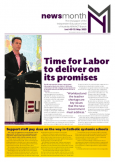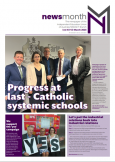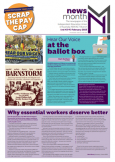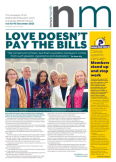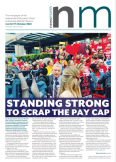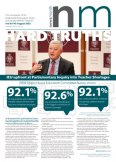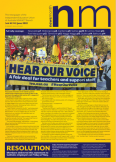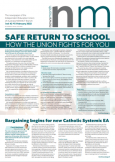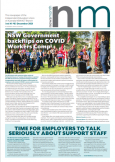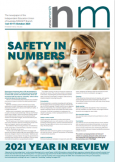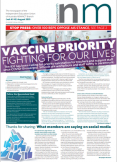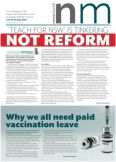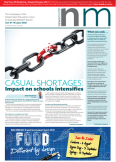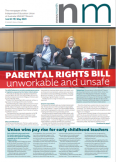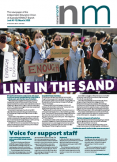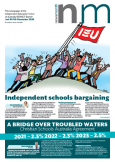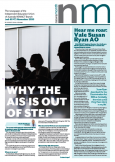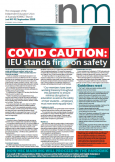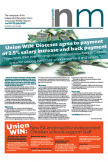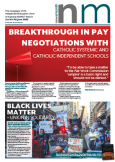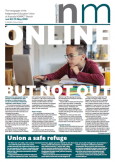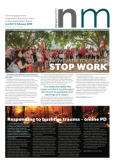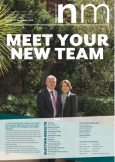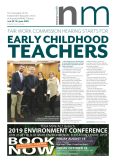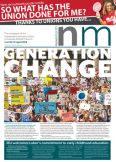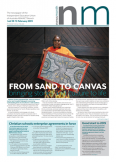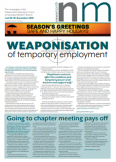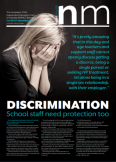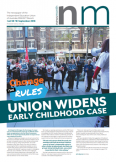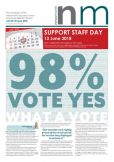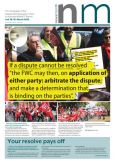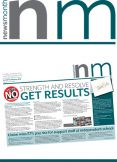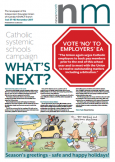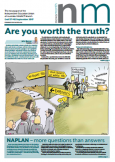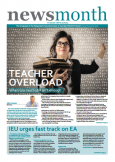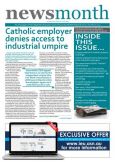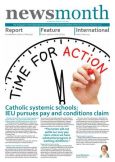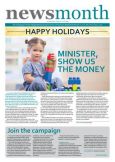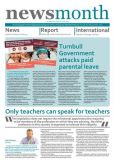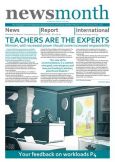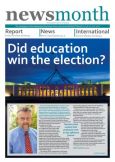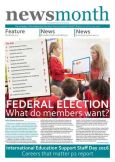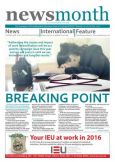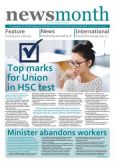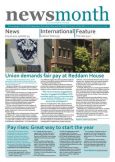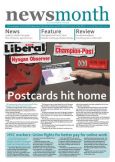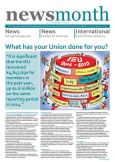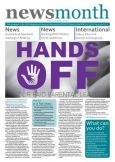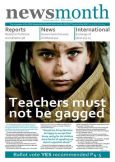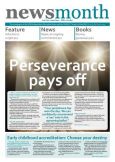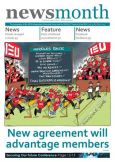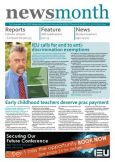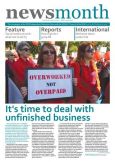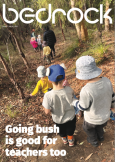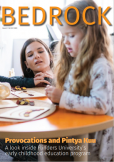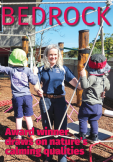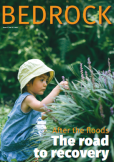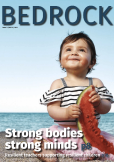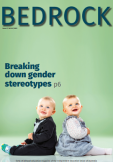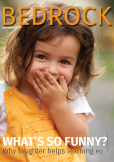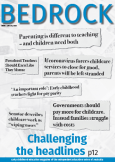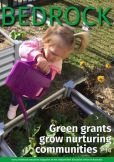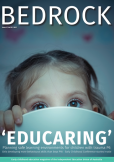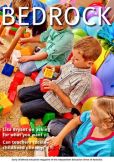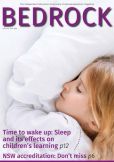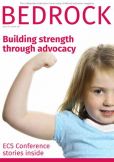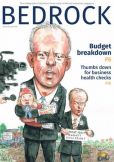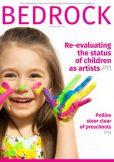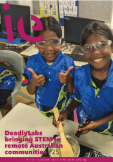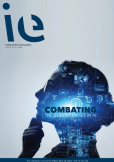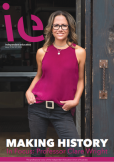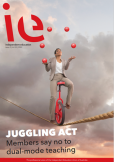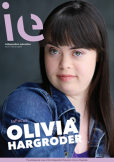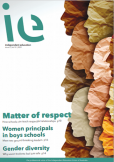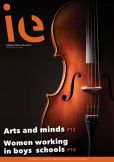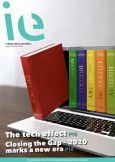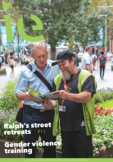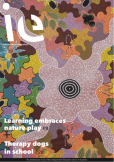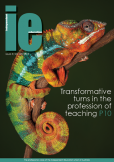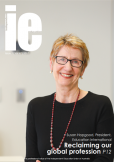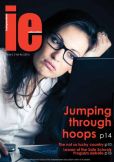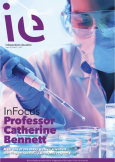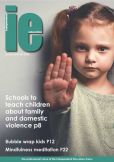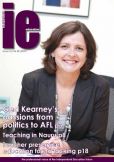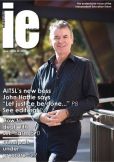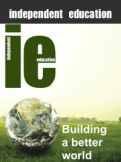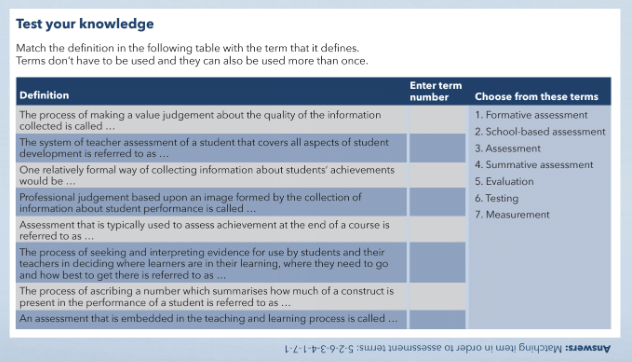What is assessment terminology? Professor Jim Tognolini and Rayanne Shakra from the Centre for Educational Measurement and Assessment (CEMA) at the University of Sydney consider aspects of assessment literacy, namely assessment terminology.
To be able to communicate accurately among ourselves (as teachers) and with our communities – at a time when teachers must have enough confidence to become a strong voice in assessment and data usage – we must have a shared understanding of the key terminology associated with assessment.
In an age where the importance of basing our practice on research-based evidence is widely acknowledged, it is critical that we know how to read and interact with literature on assessment and be the conduit between school and the community by using terms such as assessment, testing, evaluation, measurement, summative assessment, formative assessment and accurately, consistently and appropriately.
We do not intend to produce a ‘glossary’ of definitions of assessment terms for broad use. However, we believe that teachers can start the process of building a corpus or glossary of assessment terms that have consistent and appropriate meanings across their school, by first discussing whether some terms mean ‘many different things’.
The discussion itself will be quite illuminating as teachers share meanings for common terms around assessment and seek agreement on how they want to use these terms within their school.
Getting consensus on the meaning of terms across a school could lead to a productive discussion about assessment and data, which is a key step in starting to build assessment and data literacy skills within the school.
In this article, we will start the discussion by defining a few common assessment terms (assessment, testing, evaluation, measurement, formative assessment, summative assessment, assessment for learning and assessment of learning) that are in daily use within our schools. Given that there are different understandings of each of these terms, our intention is to use our definitions as the starting point for teachers’ discussion, rather than say that these are the ‘correct’ definitions.
Definitions of some common assessment terms
A starting activity might be to complete the matching item in the callout box (see ‘Test your knowledge’ on p18). This item provides some definitions of key, common assessment terms and asks the reader to match the term with the definition.
We have chosen to adopt the following because they fit our view of assessment that is predicated on the key elements of ‘professional judgement’; ‘image’; and ‘monitoring of performance on a developmental continuum’ which underpin the assessment activities that are conducted and promulgated by the Centre for Educational Measurement and Assessment (CEMA).
Assessment involves professional judgement about student performance with respect to a continuum of development and is based upon the image formed of the student by the collection of evidence.
Evidence about student performance can be gathered in numerous ways that range from ‘less formal or unstructured methods’ to ‘more formal or highly structured methods’. Classroom tests, checklists, practical work, project work, and observation interview are methods for collecting information about students. They are not as formal in their structure as the more highly structured means of collecting evidence such as examinations, published tests and state-based or national-based testing programs, but they happen much more often and contribute more to the formation of the ‘image of a student’s performance’.
This definition of assessment appeals to us because it is an inclusive term which refers to the processes used to collect evidence and make judgments about student achievement. Within each knowledge domain, teaching experience and subject expertise helps develop the image of a student’s performance that is then used by the teacher to make a professional judgement regarding the progress of the student, relative to a continuum of development. If this is the starting definition of assessment, then it can be seen that:
- Testing is just one relatively formal way of collecting information about students that contributes to images of their performance. As a formal process it is a structured form of assessment implemented according to specified procedures (question types, answer formats, etc).
- Evaluation is when we summarise the information (captured in the image) by assigning a grade, comment or a mark that is used to make a value judgment about the image (it is good or bad; it is worth an A; it is a high distinction; etc.).
- Measurement is the process of assigning a number to the performance to represent position with respect to the continuum of development underlying the performance (sometimes referred to as a progression).A second set of terms that link to the definition of assessment and relate to the purpose of assessment include:
- Formative assessment is defined as assessment used to monitor learning progress during teaching. It is designed to provide continuous feedback to both students and teachers concerning strengths and weaknesses. The assessment activities are usually teacher constructed and generally come from the less formal methods of collecting information.
- Summative assessment is defined as assessment typically used to assess achievement at the end of a course. Although the main purpose is summarising performance it just provides one more piece of information that can confirm or challenge the existing image that the teacher has of a student’s performance. It also provides information for the teacher to judge the appropriateness of the course outcomes and the effectiveness of their teaching.
- Diagnostic assessment is defined as a highly specialised procedure that is used to diagnose persistent learning difficulties.
The main difference between formative and summative assessment is the way the information from the assessment is used. Assessment is summative if it is only used to produce a summary mark or grade and not used directly to influence learning. Assessment is formative if it is used to monitor progress during teaching and provide feedback to both the student and the teacher during the teaching to improve student learning.
Other terms related to the way assessment is used are ‘assessment for learning’ and ‘assessment of learning’. We believe that these two terms are very similar, if not the same, as formative assessment and summative assessment, although they come from a different starting point.
- Assessment for learning is the process of seeking and interpreting evidence for use by learners and their teachers to decide where the learners are in their learning, where they need to go and how they can best get there.
- Assessment of learning is the process of evaluating the extent to which participants in education have developed their knowledge, understanding and abilities.
An interesting exercise for teachers within a school would involve discussing the extent to which we believe that the terms formative and summative are the same as assessment for learning and assessment of learning, respectively.
School-based assessment
The term school-based assessment, which is widely used more in secondary school than in primary schools, is embedded in the teaching and learning process and characterised by:
- the teacher being involved from beginning to end in the collection of data
- the teacher basing the image on a number of samples of student performance (from both formative and summative assessments) over a period of time
- the student being more actively involved in the assessment process, especially if self and/or peer assessment is used in conjunction with teacher assessment
- the teacher being able to give immediate and constructive feedback to students which in turn stimulates continuous assessment and adjustment of the teaching and learning process.
- it complements other forms of assessment, including external examinations, enabling those aspects of the curriculum that are difficult to assess by examinations to be assessed and included in the final grade; and,
- it involves some form of moderation when the assessment is to be used for high stakes purposes, like tertiary selection.
There are numerous other areas related to assessment that could also be considered and added to a ‘school glossary’. For example, we could consider the area of standards-referencing results. What do we understand by terms such as standards-referencing, norm-referencing and criterion-referencing? What do we mean by standards, performance standards, achievement standards, curriculum standards, syllabus standards, outcomes targets – and these are terms that we all use daily and read about in professional literature regularly. Yet, less often do we talk about what they actually mean when we use them. But as stated at the beginning of our article, our aim is not to provide an exhaustive glossary, our aim is to spark discussion between teachers about the meanings of key assessment terms.
Importance of professional development
Teachers being assessment literate means that they need to know how to write and select high-quality assessments (including HOTS items); integrate results obtained from assessments with improvements in learning (formative assessment and Assessment for Learning); communicate accurately about student learning; and demonstrate data literacy.
These are some of the several specific and essential elaborations of assessment knowledge and understanding that teachers at all career levels need to be able to demonstrate according to Standard 5 of the Australian Professional Standards for Teachers.
These elaborations were used to build two professional development programs by CEMA: one is called Assessment Literacy for School Teachers and the other Data Literacy for School Teachers. The investment of schools and teachers in such courses is key to improving assessment education since they meet the challenges that are expected of teachers, including complex thinking skills.
Conclusion
In this article we have positioned assessment within a school culture where concepts and meanings of assessment terms are understood and negotiated through a shared language.
To stimulate the discussion, we have offered definitions of some key terms based on our views of assessment.
In answering Alice’s question in the quotation, we can assure her that “Assessment by any other name is not the same.” This emphasises the key point that there is a difference in meaning associated with terms and it is important to communicate clearly and accurately in our profession. A shared understanding of assessment terminology or ‘glossary’ is the first step on a road toward articulating and initiating the development and use of assessment to enhance the achievement of all students.
The Centre for Educational Measurement and Assessment (CEMA) currently provides consultancy support to several schools. These projects include developing a methodology for measuring creativity; measuring 21st century skills; and developing school-wide practice in formative assessment. We have also developed partnerships with the following NSW education agencies with the intention of promoting the role of assessment in learning, and ensuring an informed understanding to support teacher ‘voice’ in this fundamental aspect of practice:
- Independent Education Union of Australia NSW/ACT Branch
- Australian Education Union NSW Teachers Federation Branch – Centre for Professional Learning
- Catholic Schools NSW
- NSW Secondary Principals Council
- Association of Independent Schools – The Evidence Institute
IEU and CEMA) located within the Sydney School of Education and Social Work, are developing a partnership to provide professional learning for teachers in assessment, data and evidence.
The professional learning modules are available at https://sydney.nicheit.com.au/education_social_work/web/workshop
During registration, teachers are required to use their individual teacher email address and create a 9-character password to access the selected module in Canvas. Payment by credit card is required to complete registration and be granted access to the course.

